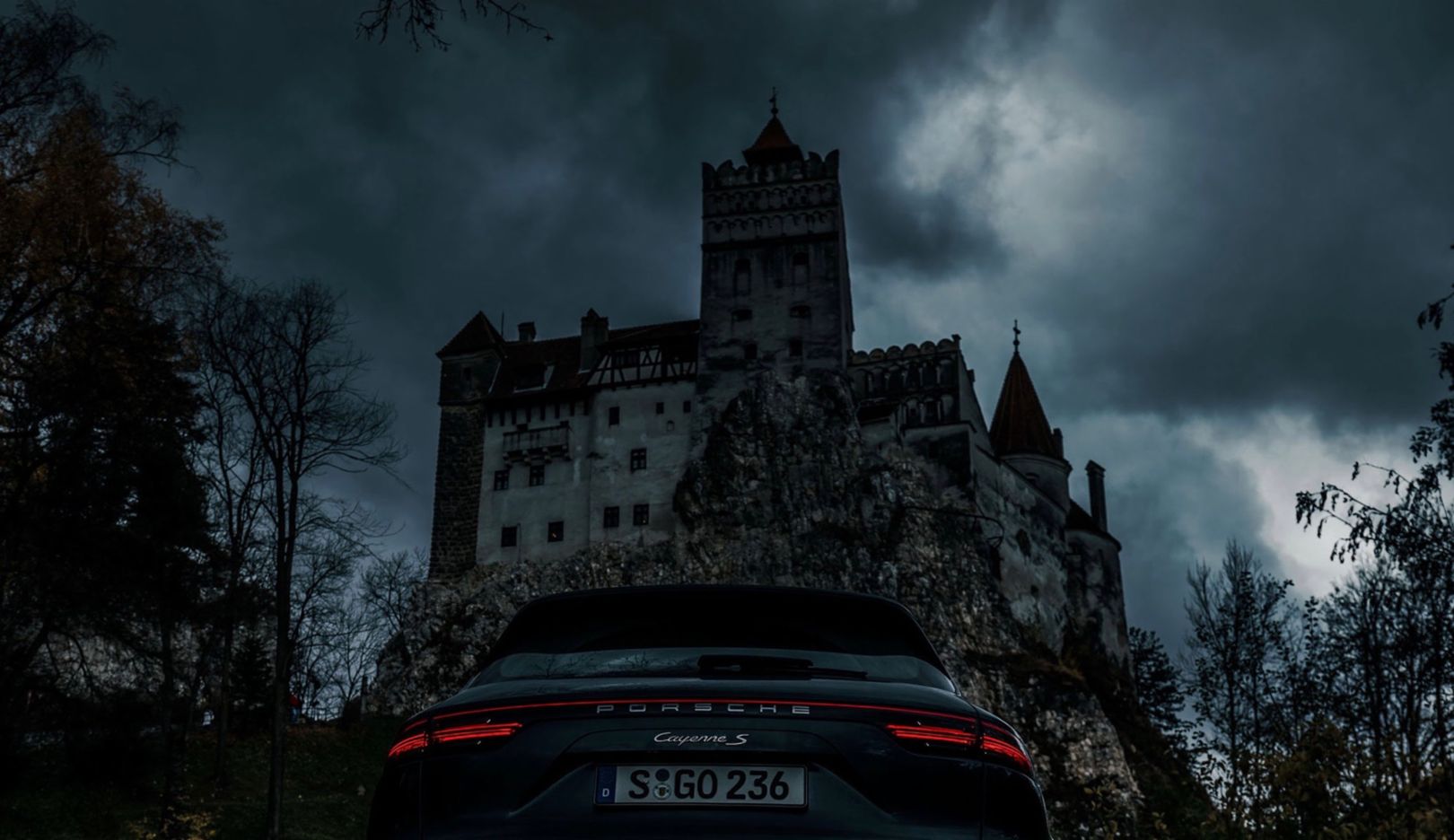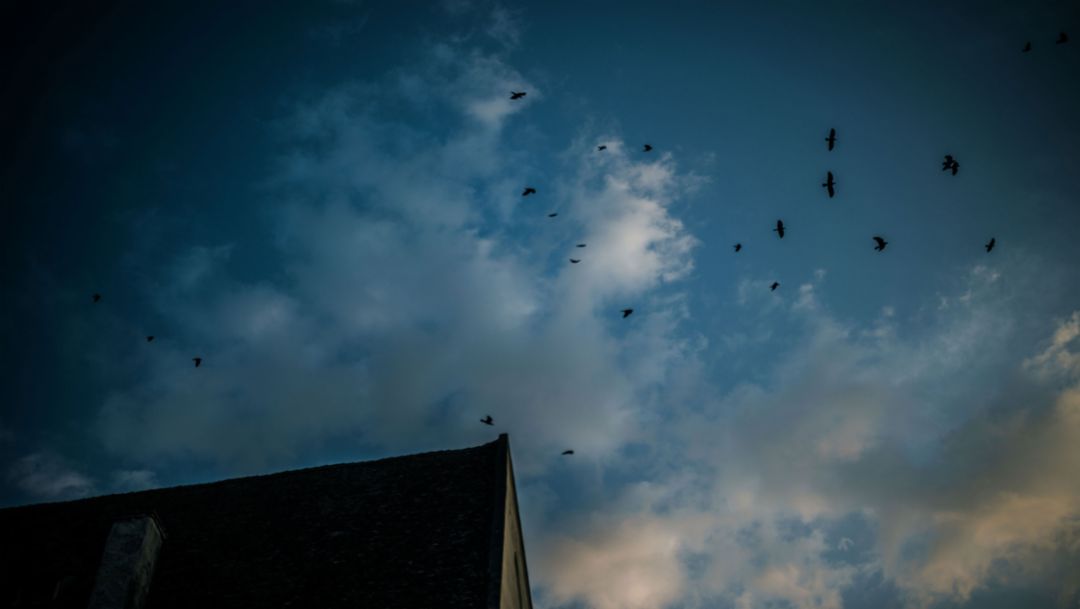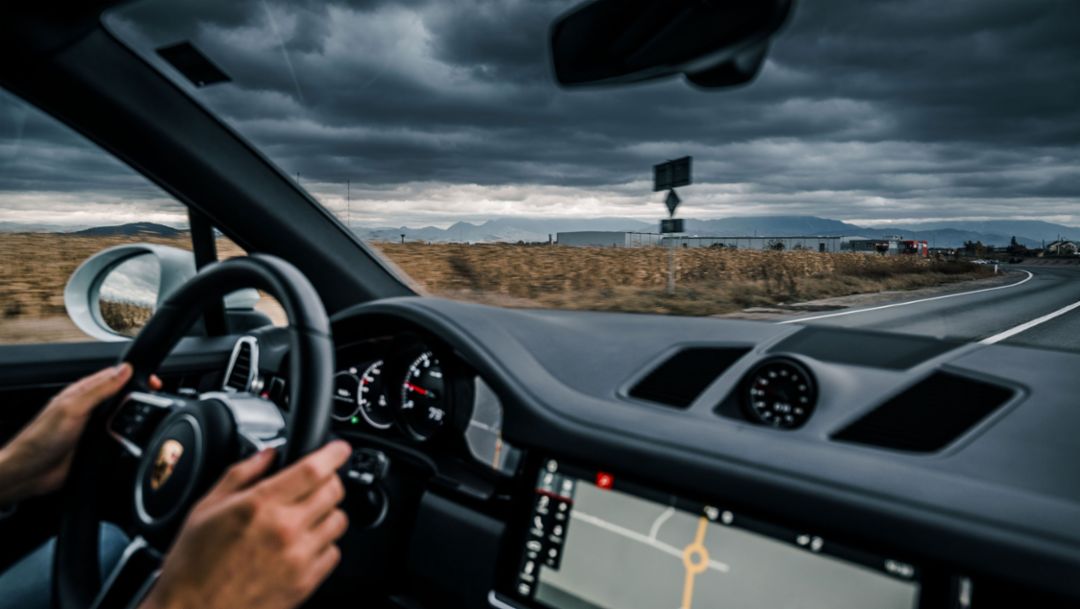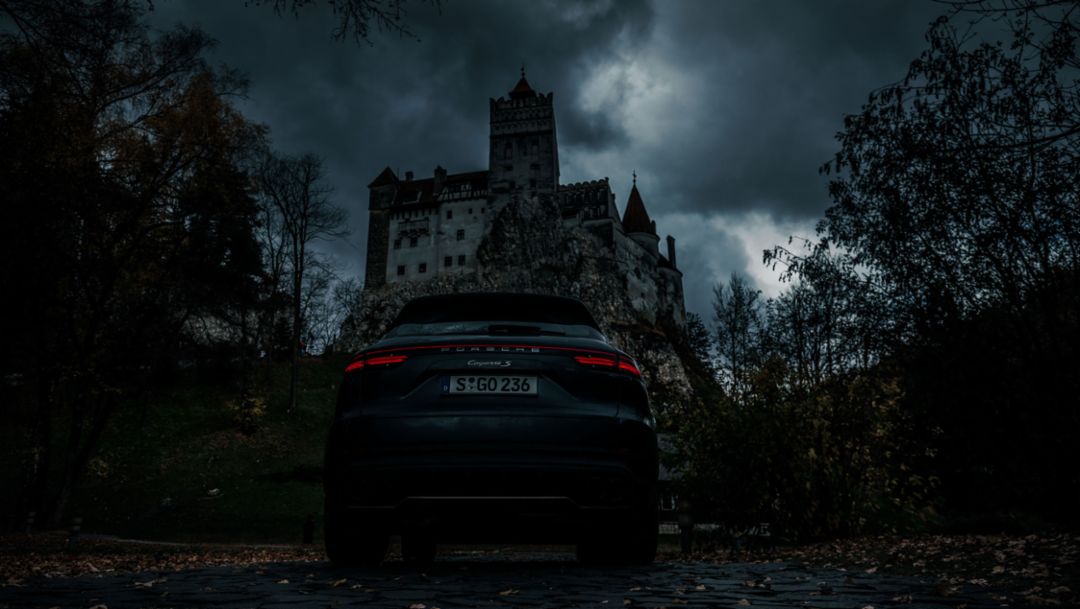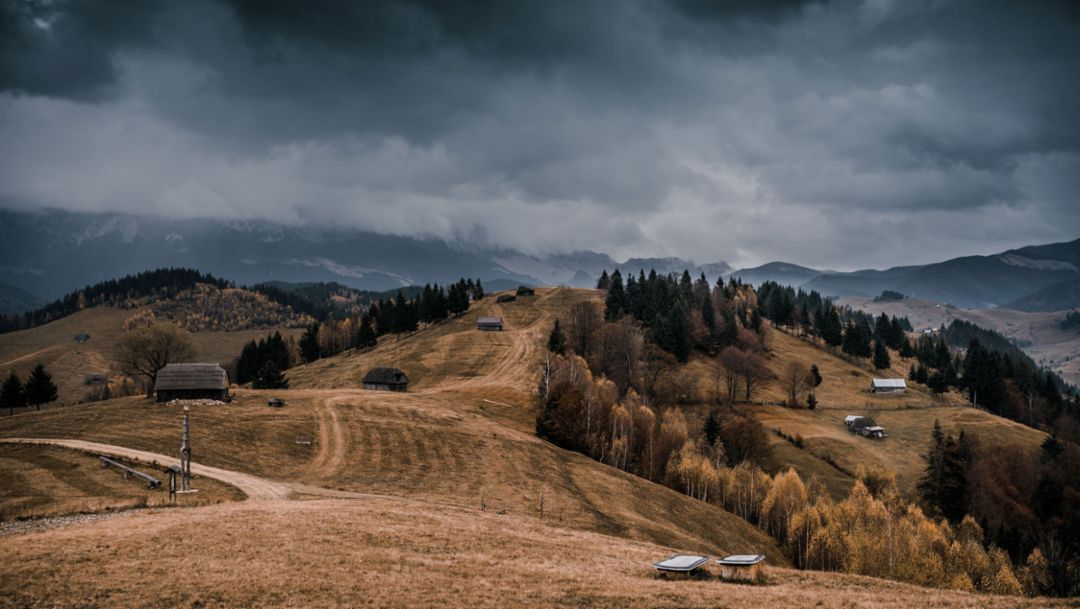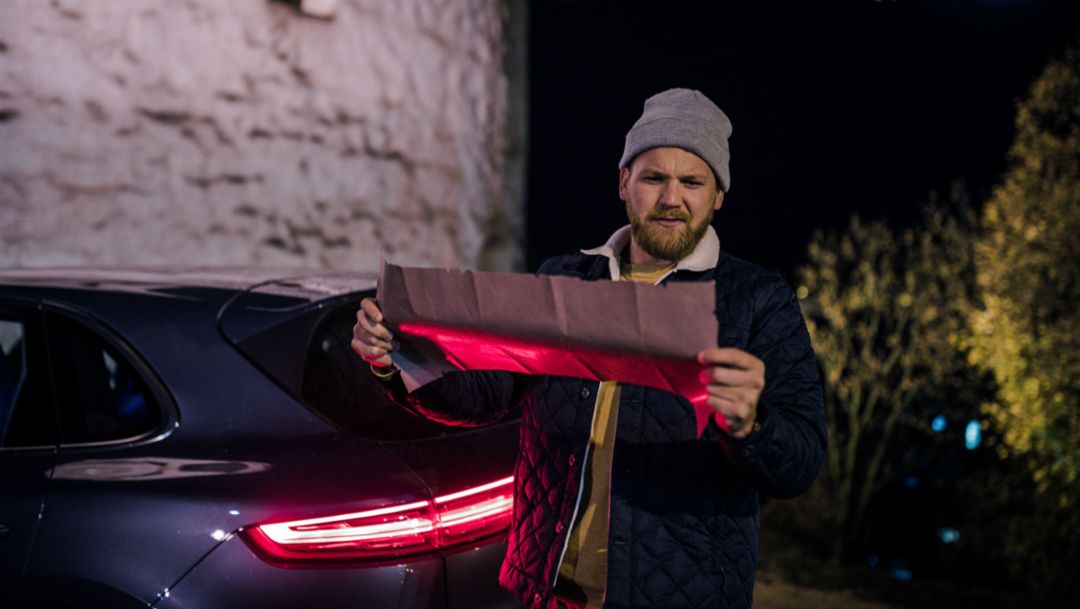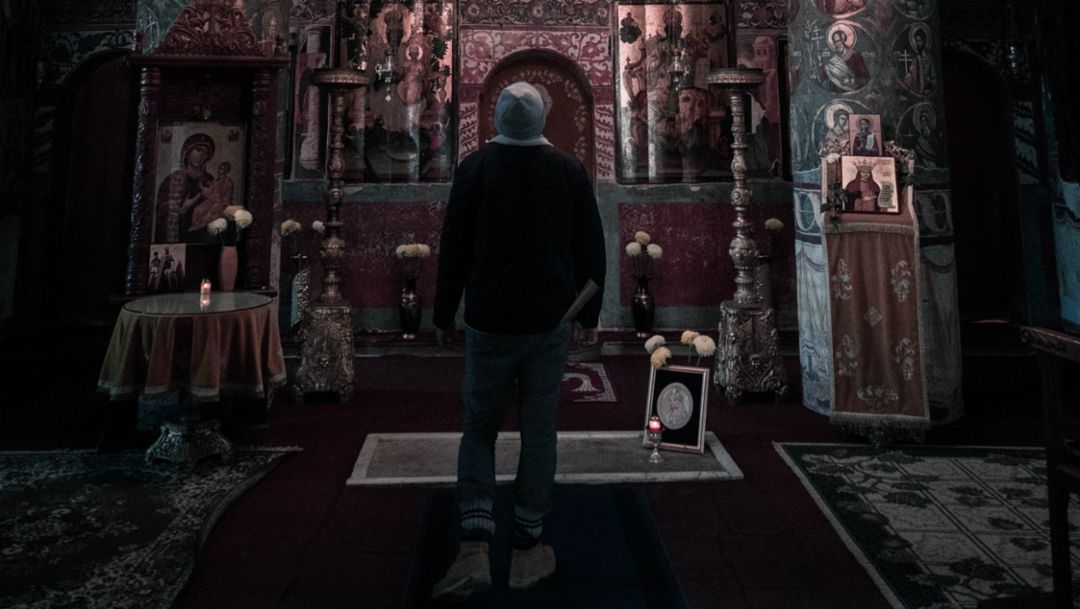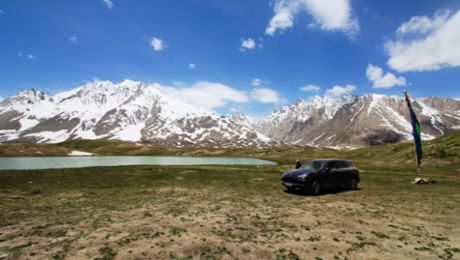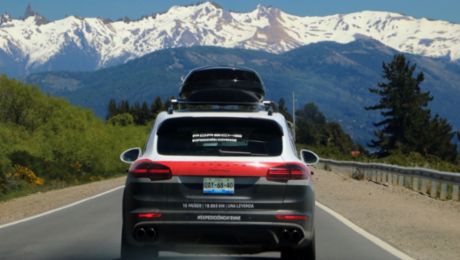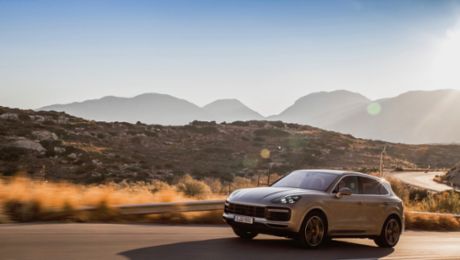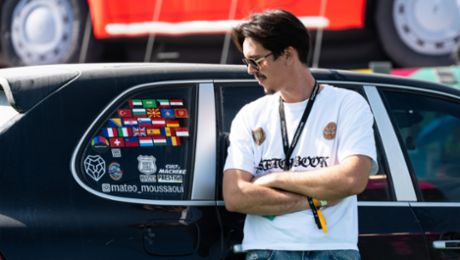More than a hundred years have passed since British writer Bram Stoker unleashed his Gothic novel about Dracula, an undead soul who leaves his grave every night to hunt for human blood. Since that time, the vampire count has been considered one of the world’s most feared beings.
Stoker’s tale was inspired by the historical figure of 15th-century Wallachian prince Vlad III, also known as Drăculea, a name traditionally thought to derive from his father’s membership of the aristocratic Order of the Dragon, and possibly meaning “Son of the Dragon” – or even “Son of the Devil”.
And it’s not just a name that the two figures have in common. Vlad III retains a reputation as a fearsome commander with a predilection for cruel rituals: bloodthirsty, apparently invulnerable, and responsible for countless atrocities during the Middle Ages... So how much truth is there in the Count Dracula story?
Adventurer Sebastian Canaves is keen to find out. Porsche is travelling with him to Transylvania, Dracula’s homeland. His investigations begin in the central Transylvanian city of Sighișoara, said to be the birthplace of Vlad III. In a Porsche Cayenne, Sebastian arrives at the historic city centre which is today a UNESCO World Heritage Site.
He explores the narrow alleyways in the twilight and eventually finds “Casa Vlad Dracul” – the house where the future ruler was born. Inside, the walls are hung with atmospheric paintings of Vlad III and of grisly battles, but no indications of a vampire. There is another clue though:
Bran Castle is marked on an old map. Is that where the Prince of Darkness calls home? Sebastian is determined to follow the trail.
He makes his way along wide country roads and weaves through dark woods until Bran Castle looms impressively on the horizon – once used as a border and toll castle, the 14th-century building is now in the ownership of the Habsburg Dynasty of Princes.
Though it’s not certain that Vlad III actually ever lived in this castle, the description in Stoker’s novel is almost 100% accurate. Sebastian steps onto the creaky floor and inside the cool stone edifice.
He slips into a secret passage that is thought to have previously been used by soldiers, and from there ascends to the top of the castle and looks out over the extensive Carpathian forests below – they span around a third of the entire country, and are home to many wild animals.
Leaving the castle with a little more knowledge, the mysterious trail leads Sebastian to nearby Braşov, where Vlad III’s great love lived: the beautiful Katharina. Though they were never married, Katharina’s relationship with the brutal prince lasted until her death, and resulted in five children.
Braşov was founded in the 13th century as the most southeastern German city of the Transylvanian Saxons. The city is distinctive for its historical buildings, including the Black Church in the centre, named following a fire in 1689. Sebastian doesn’t find his answer here either. But there is one last lead to follow. It’s said that the mortal remains of Vlad III are buried in Snagov, near the Romanian capital of Bucharest, and our adventurer would like to see the spot with his own eyes.
Snagov Monastery stands on an island in a lake with the same name, and this is where Vlad III – Drăculea, Son of the Dragon – should be found. Nervously, Sebastian enters the opulently decorated burial chapel. On the floor, an inconspicuous stone slab bears an image of Vlad III. Is this the end of the journey on Dracula’s trail?
For a long time it was quite certain that the Prince’s remains were interred here; however, when researchers opened the grave in 1931, they found it was empty. Does that mean Dracula is still on the prowl?
So at the end of the journey, mystery continues to shroud the legendary Count Dracula. There may be parallels between Vlad III and the vampire Dracula, but to assert anything more is simply conjecture. It should also be noted that in Romania, the historic ruler Vlad enjoys a much more positive reputation. Not only did he defend the country against the expansion of the Ottoman Empire, but he is also regarded as an advocate of law, fair-mindedness, and order, who was strict in battling corruption and other crimes; meanwhile, the atrocities ascribed to him are dismissed as German and Russian propaganda. Nonetheless, the legend of the bloodthirsty vampire lives on – particularly at Halloween.
About Sebastian Canaves
To date, Sebastian Canaves has lived in ten countries and travelled to more than 100. His favourite locations include New Zealand, South Africa, Canada, South Tyrol and Scotland. He writes one of the leading travel blogs in Europe, “Off The Path”, in which he regularly posts about his travels and shares useful tips with his readers.
Fuel consumption
Cayenne S: Fuel consumption combined 9.4 – 9.2 l/100 km; CO₂ emissions 213 – 209 g/km
